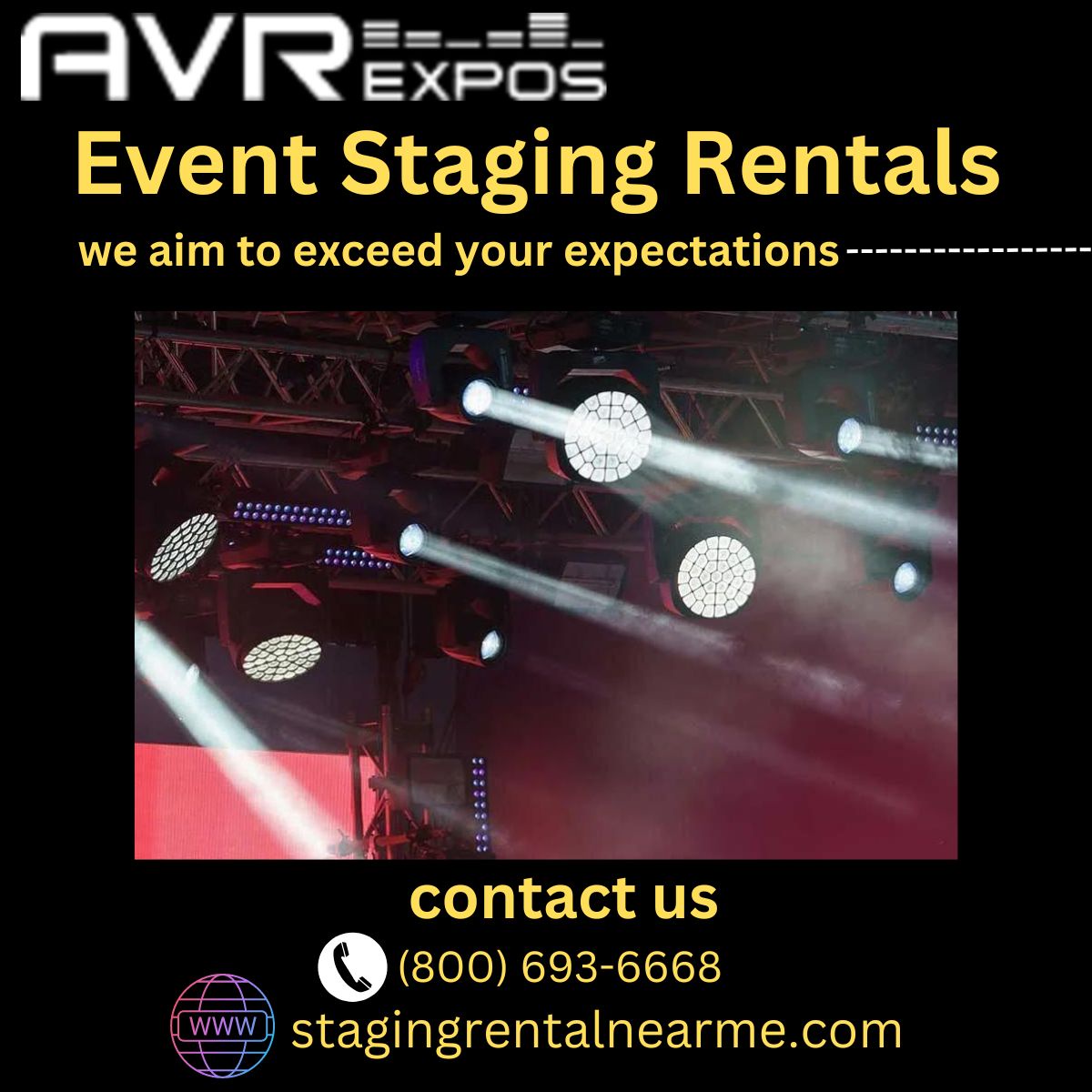Are you organizing an event and trying to figure out how to have a significant impact on a limited budget? A stage rental could be the perfect solution! With the right design and setup, even a small stage can create a memorable experience for your guests. In this article, we'll explore the key elements of a successful small-stage rental and provide tips on how to make the most of your investment.
Introduction
When it comes to event planning, a stage can make all the difference. Whether you're hosting a concert, a conference, or a wedding, a well-designed stage can enhance the atmosphere and create a focal point for your guests. However, a large stage might not be practical if you have a tight budget or a small venue. That's where a small stage rental comes in. You can create a memorable experience without breaking the bank by choosing the right size and design.
Planning Your Small-Stage Rental
Before you start searching for a stage rental company, there are a few key factors to consider:
Budget
While a small stage rental can be more affordable than a large one, it's still important to set a budget and stick to it. Consider all the costs involved, including delivery, setup, and teardown.
Space
To make sure the stage will fit comfortably, measure the space where it will be installed. Be mindful of any hazards or barriers, such as uneven terrain or obstructed skylines.
Audience
Consider the size and demographics of your audience. Will they be standing or seated? Will they have to view the stage from different perspectives? This information will help you determine your stage's best size and placement.
Event Type
Consider the size and demographics of your audience. Will they be standing or seated? Will they have to view the stage from different perspectives? Will the stage need to accommodate performers, speakers, or other equipment?
Designing Your Small Stage
Once you've determined your budget and requirements, it's time to design your stage. Here are some key elements to consider:
Size
Choose a stage size that fits your space and audience. A smaller stage requires more creative design elements to make an impact, while a larger stage can accommodate more equipment and performers.
Shape
Consider a non-traditional stage shape, such as a curved or angled design, to create visual interest and make the most of your space.
Height
A higher stage can create a sense of grandeur, but it may only be practical for some events. Consider the needs of your performers and audience and any safety concerns.
Lighting
The mood of any event can be made or broken by the lighting. Spotlights, uplighting, or other methods can be used to draw attention to the stage and produce an exciting atmosphere.
Decor
Even a small stage can be dressed up with the right decor. Consider using fabric, props, or other elements to create a cohesive theme or enhance your branding.
Making the Most of Your Small Stage Rental
Once your stage is designed and set up, it's time to make the most of it. Here are some tips for maximizing your investment:
Use Social Media
Create a buzz around your event by sharing photos and videos of your stage on social media. Encourage attendees to do the same, using a unique hashtag to generate buzz.
Choose the Right Entertainment
Whether you're hosting a band, a speaker, or a dance troupe, ensure your entertainment fits your stage size and design. Consider booking local talent or emerging artists to make your event more unique.
Encourage Interaction
Use your stage as a platform for interactive activities, such as photo booths, contests, or demonstrations. This can make your event memorable for attendees and engage them in a fun and participatory way separate from the main event.
Incorporate Branding
Use your small stage rental as an opportunity to showcase your branding. This can include banners, signage, or custom backdrops that reinforce your messaging and create a cohesive look. small stage
Be Creative
A small stage rental doesn't have to be limiting. Get creative with your design and think outside the box. Consider using unconventional materials or adding unexpected elements to create a one-of-a-kind experience.
Renting a stage for an event can have both advantages and disadvantages.
Pros:
- Professional look: Renting a stage can give your event a professional and polished appearance, making it more appealing to attendees.
- Flexibility: Rental stages come in different sizes and configurations, so you can choose one that best fits the needs of your event.
- Safety: A rental stage is designed to meet safety standards and can provide a secure platform for your performers or presenters.
- Customization: Many rental stages can add custom elements, such as lighting or branding, to enhance your event's overall look and feel.
Cons:
- Cost: Renting a stage can be expensive, and it may not be feasible for smaller events or those with a tight budget.
- Logistics: Renting a stage requires coordination with the rental company, which can add complexity to your event planning.
- Limited availability: Rental stages may only sometimes be available on the dates you need them, especially during peak event season.
- Weather concerns: Outdoor events using rental stages can be impacted by weather, and it's important to have contingency plans in place in case of inclement conditions.
Ultimately, whether renting a stage is the right choice for your event will depend on your specific needs, budget, and overall vision. Before making a choice, carefully consider the advantages and disadvantages.
Conclusion
A small stage rental can be a cost-effective way to create a big impact at your event. By carefully planning and designing your stage, you can create a memorable experience for your guests without breaking the bank. Whether you're hosting a concert, a conference, or a wedding, a small stage can be a versatile and dynamic addition to your event.


No comments yet